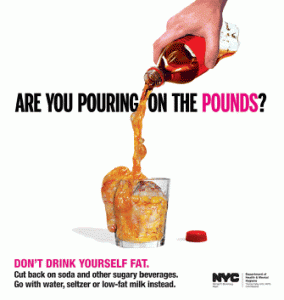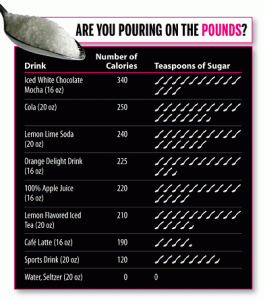Slow Food Eat-In for School Meals: September 7
How’s this for community organizing? Slow Food’s national Eat-In to support legislation to get better food into schools is happening this Labor Day. So far, 295 groups throughout the country have signed up. Interested in participating? Here’s the information.

Slow Food explains what this is about:
On Labor Day, Sept. 7, 2009, people in communities all over the country will sit down to share a meal with their neighbors and kids. This National Day of Action will send a clear message to Congress: It’s time to provide America’s children with real food at school.
Getting Congress’ attention is a big job, and we need your help. On Sept. 7, attend an Eat-In taking place near you.
If there isn’t an Eat-In in your area, sign up to organize one. Sept. 7 is right around the corner, so it doesn’t have to be a big event. You can gather your friends for an outdoor picnic on Labor Day, take a photo (the more creative, the better) and email it to timeforlunch@slowfoodusa.org immediately following your picnic. That’s a terrific way to show your support.
Regardless of the way you show your support, please let us know about your plans, so we can add it to the map. If you’d like to spread the word about your picnic and invite your neighbors to join you, please download our Organizer Toolkit, which has suggestions that you may find useful.
Sounds like fun! And if enough people get involved, we may even get some action from Congress.



